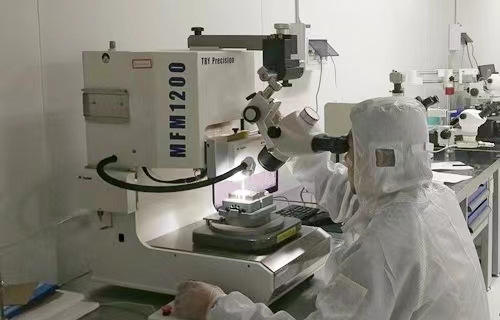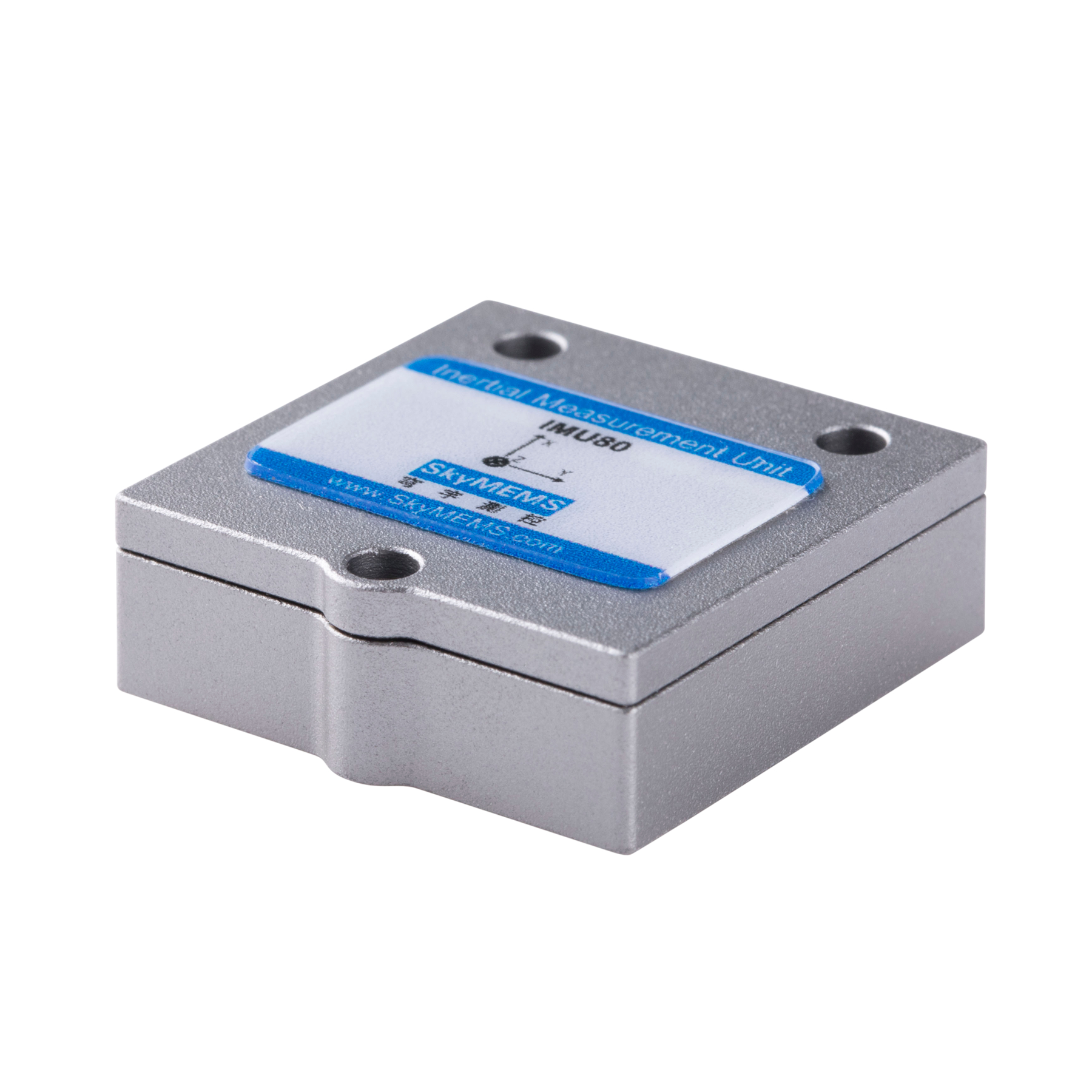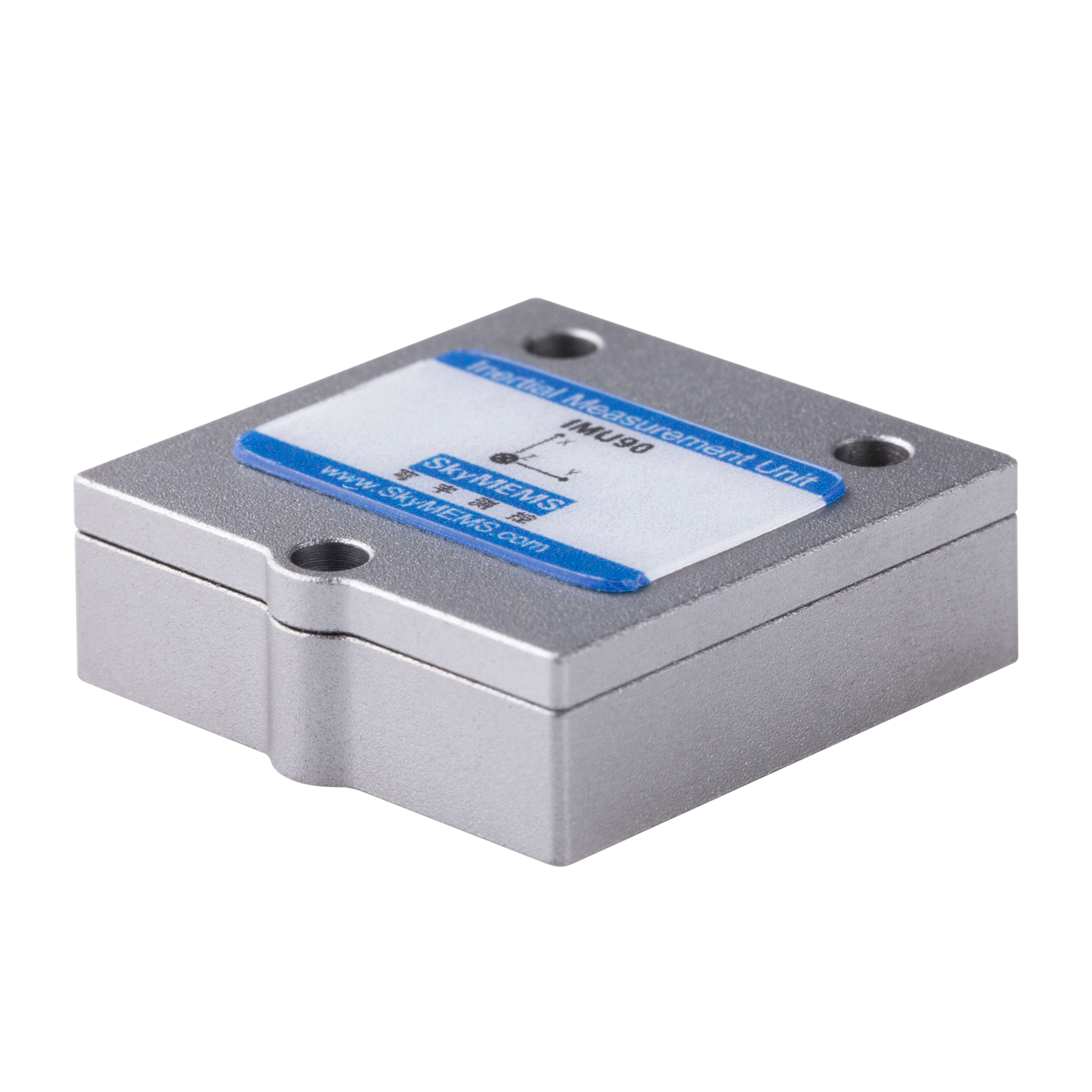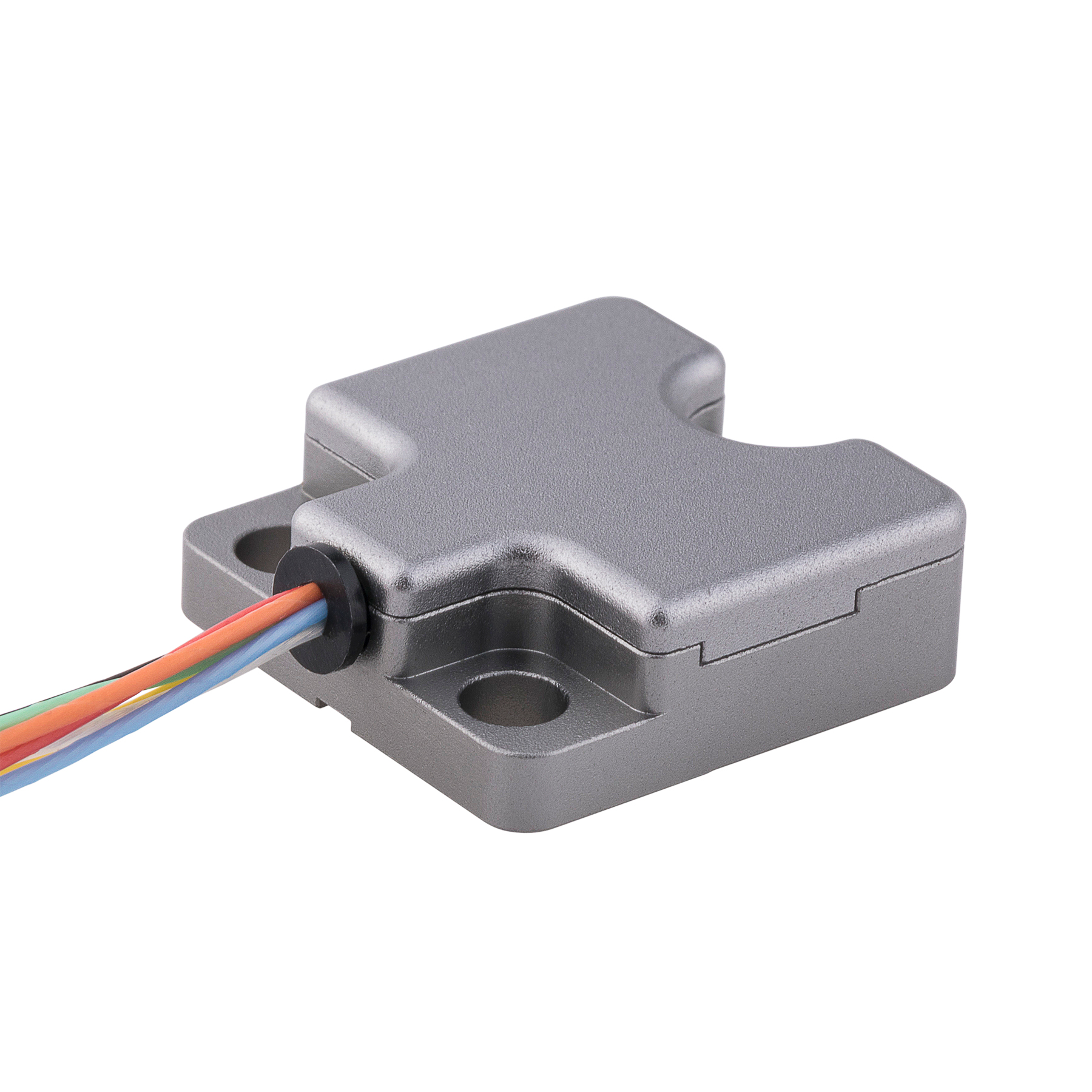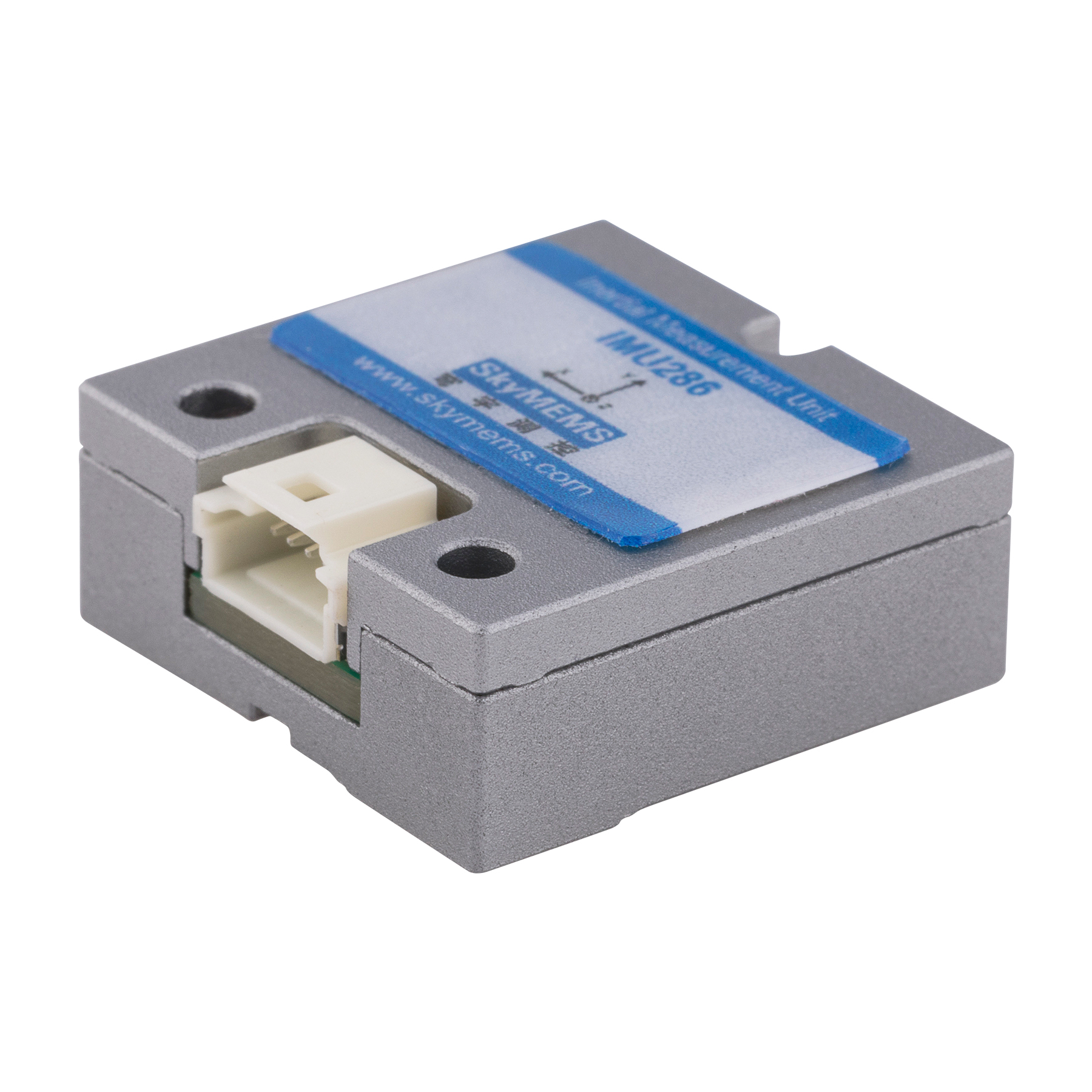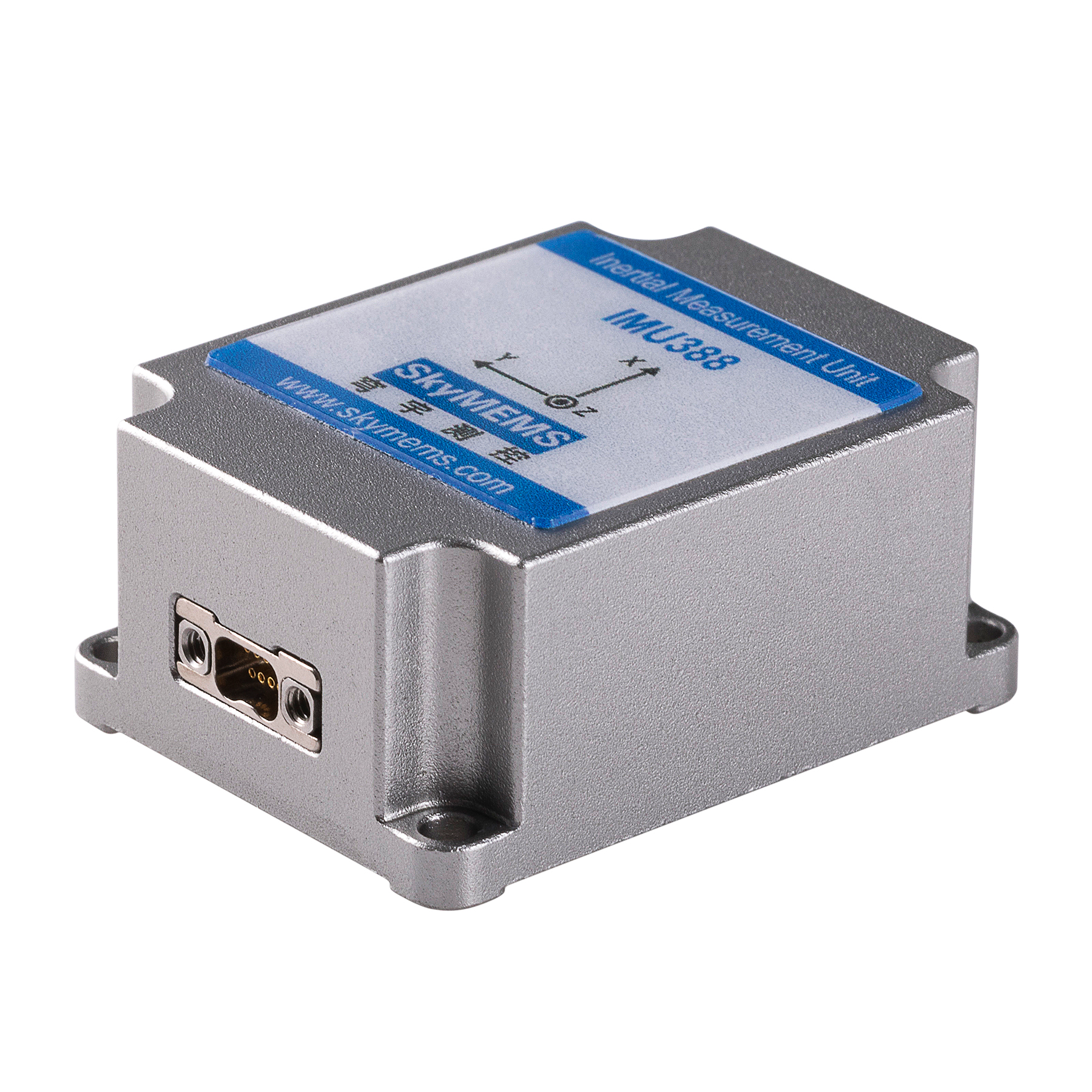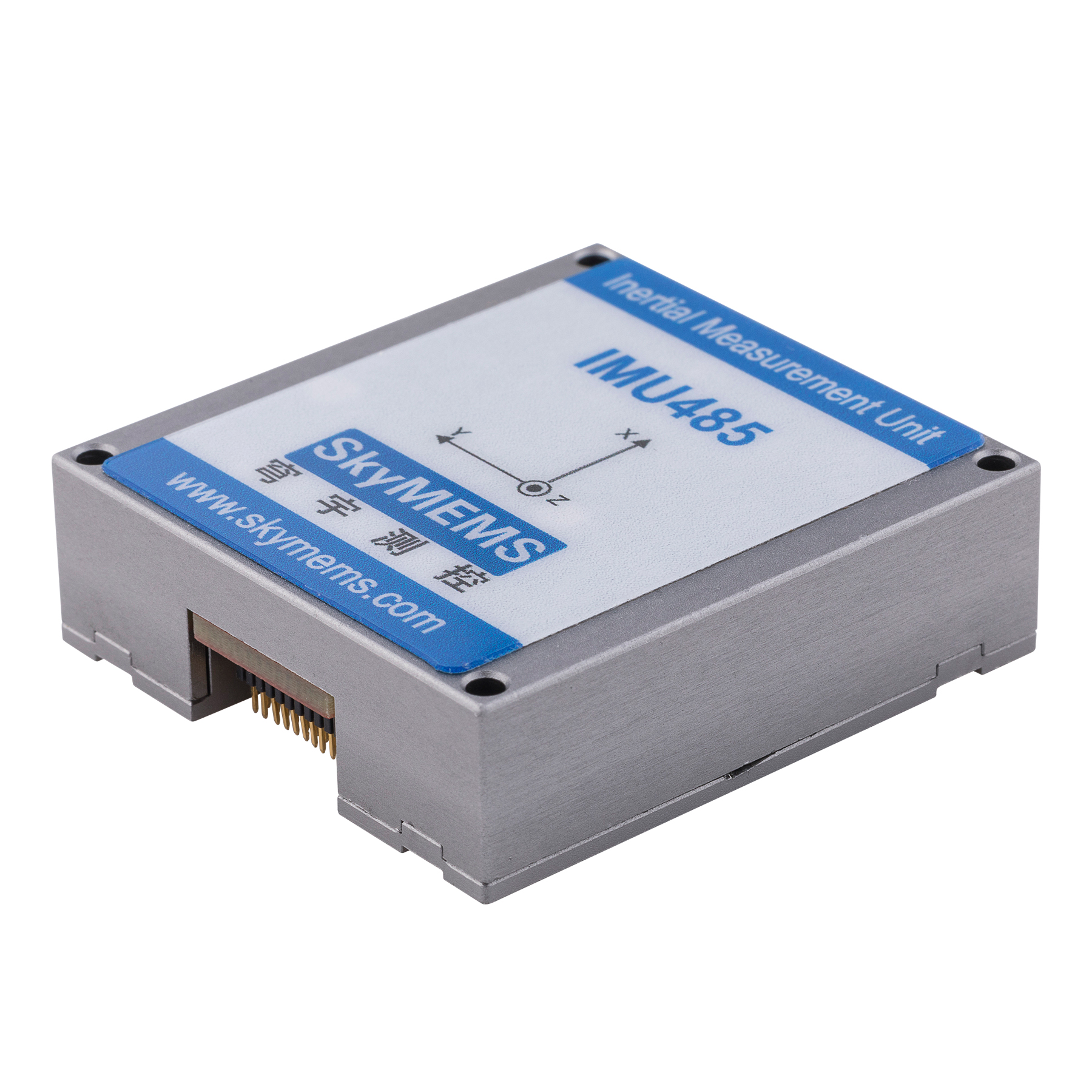Precision farming, also known as precision agriculture, is a farming technique that uses technology to optimize crop yields while reducing waste. One of the key technologies that is transforming precision farming is the use of rugged GNSS aided inertial systems. These systems use a combination of GPS, inertial sensors, and other technologies to track the movement of farm equipment and monitor crop growth in real time. In this article, we will explore the benefits of rugged GNSS aided inertial systems in precision farming.
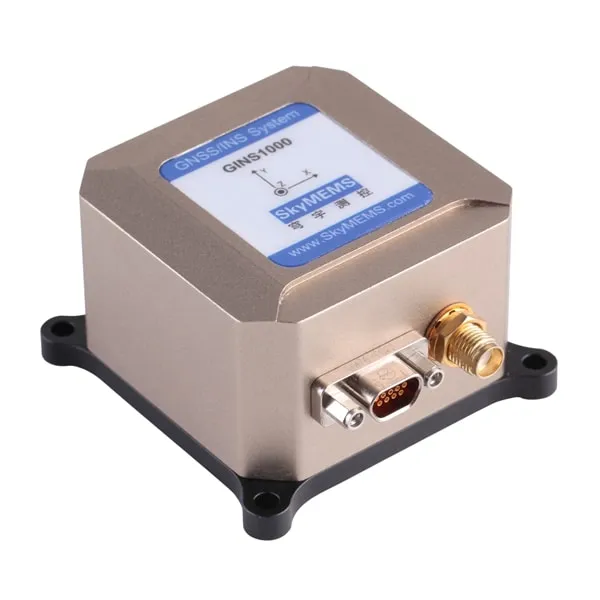
I. What is Precision Farming?
Precision farming is a modern farming technique that uses technology to increase crop yields while reducing waste. This technique involves collecting and analyzing data about the soil, crops, and weather to make informed decisions about planting, irrigation, fertilization, and harvesting. Precision farming also involves the use of advanced equipment and technology, including rugged GNSS aided inertial systems.
II. The Role of Rugged GNSS Aided Inertial Systems in Precision Farming
Rugged GNSS aided inertial systems are a key technology in precision farming. These systems use a combination of GPS, inertial sensors, and other technologies to track the movement of farm equipment and monitor crop growth in real time. By analyzing this data, farmers can make informed decisions about planting, irrigation, fertilization, and harvesting.
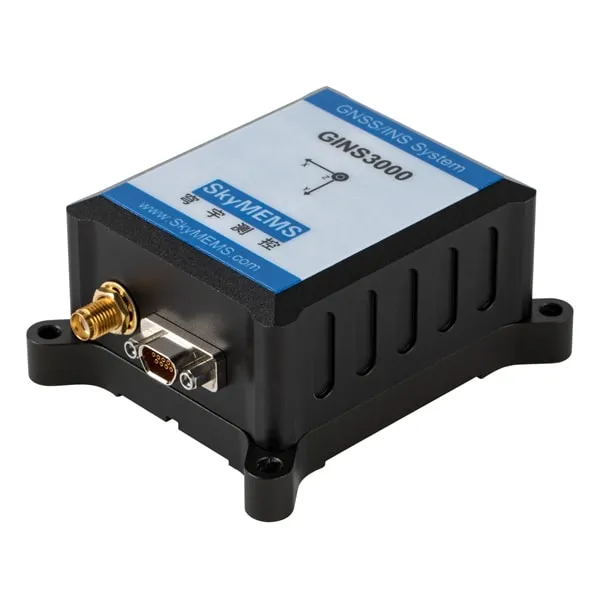
III. Benefits of Rugged GNSS Aided Inertial Systems in Precision Farming
Rugged GNSS aided inertial systems offer a number of benefits to farmers. These systems allow farmers to accurately track the movement of farm equipment and monitor crop growth in real time. This data can be used to make informed decisions about planting, irrigation, fertilization, and harvesting, which can lead to higher crop yields and reduced waste. Rugged GNSS aided inertial systems also help farmers to reduce their environmental impact by using resources more efficiently.
IV. Real-World Examples of Rugged GNSS Aided Inertial Systems in Precision Farming
Rugged GNSS aided inertial systems are being used in precision farming all around the world. In the United States, for example, farmers are using these systems to track the movement of tractors and other farm equipment in real time. In Australia, farmers are using rugged GNSS aided inertial systems to monitor crop growth and predict yields. And in Europe, farmers are using these systems to optimize the use of fertilizers and other resources.
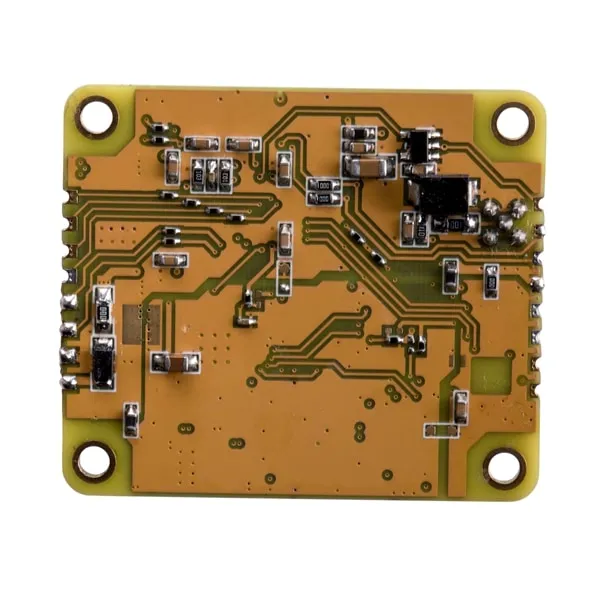
V. Challenges and Limitations of Rugged GNSS Aided Inertial Systems in Precision Farming
While rugged GNSS aided inertial systems offer many benefits to farmers, there are also some challenges and limitations to using these systems. One of the main challenges is the cost of these systems, which can be expensive for some farmers. Another challenge is the need for specialized training and expertise to use these systems effectively. Additionally, rugged GNSS aided inertial systems may not be suitable for all types of farming operations.
VI. The Future of Rugged GNSS Aided Inertial Systems in Precision Farming
Despite the challenges and limitations, rugged GNSS aided inertial systems are expected to play an increasingly important role in precision farming in the future. As technology continues to advance, these systems are likely to become more affordable and easier to use, making them accessible to more farmers around the world. Additionally, new applications and use cases for rugged GNSS aided inertial systems in precision farming are likely to emerge in the years to come.

Conclusion
Rugged GNSS aided inertial systems are a key technology in precision farming, offering many benefits to farmers around the world. By accurately tracking the movement of farm equipment and monitoring crop growth in real time, these systems can help farmers to optimize crop yields while reducing waste. While there are challenges and limitations to using these systems, the future of rugged GNSS aided inertial systems in precision farming looks promising. As technology continues to advance, these systems are likely to become more affordable and easier to use, making them accessible to more farmers around the world. This will enable more farmers to adopt precision farming techniques and contribute to a more sustainable and efficient agricultural industry.
In conclusion, rugged GNSS aided inertial systems are an important tool for precision farming. By using these systems, farmers can optimize crop yields while reducing waste and environmental impact. While there are challenges to using these systems, their benefits are clear, and the future of rugged GNSS aided inertial systems in precision farming looks bright.

